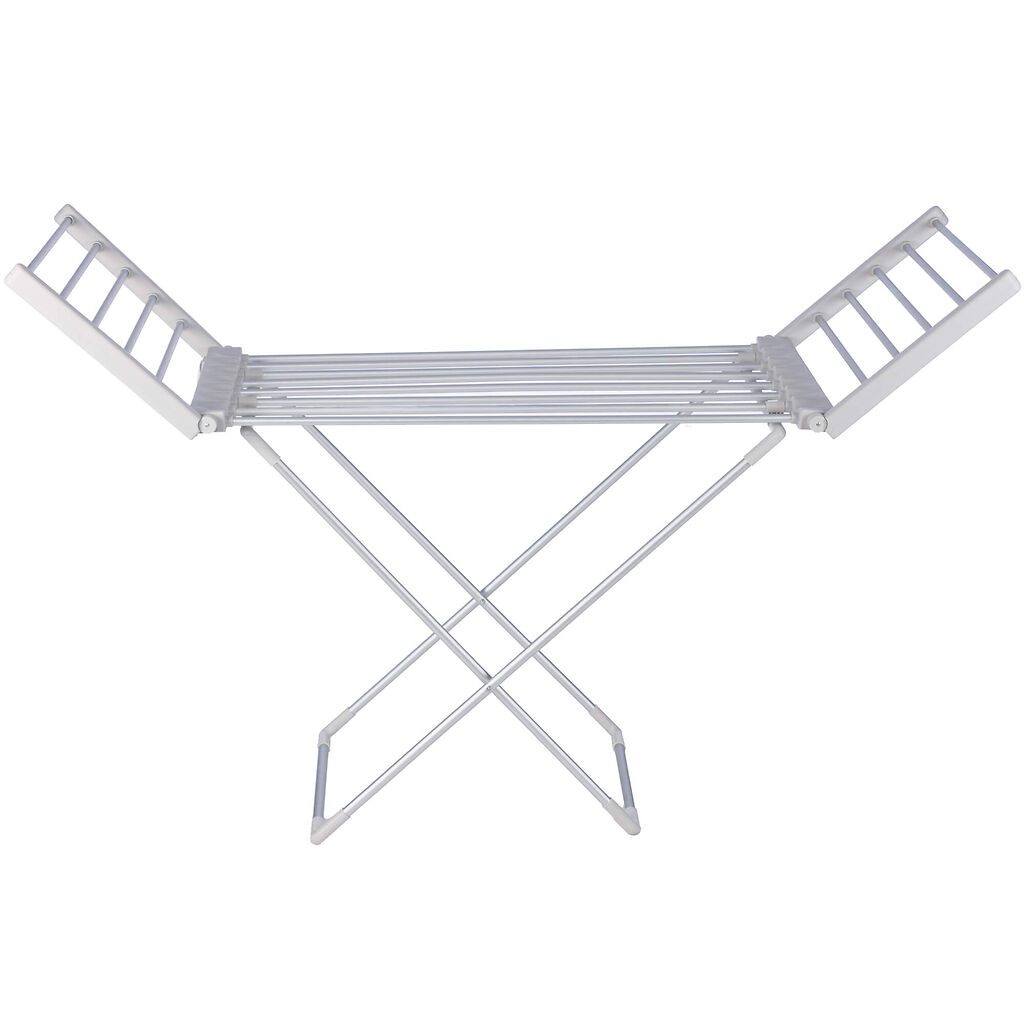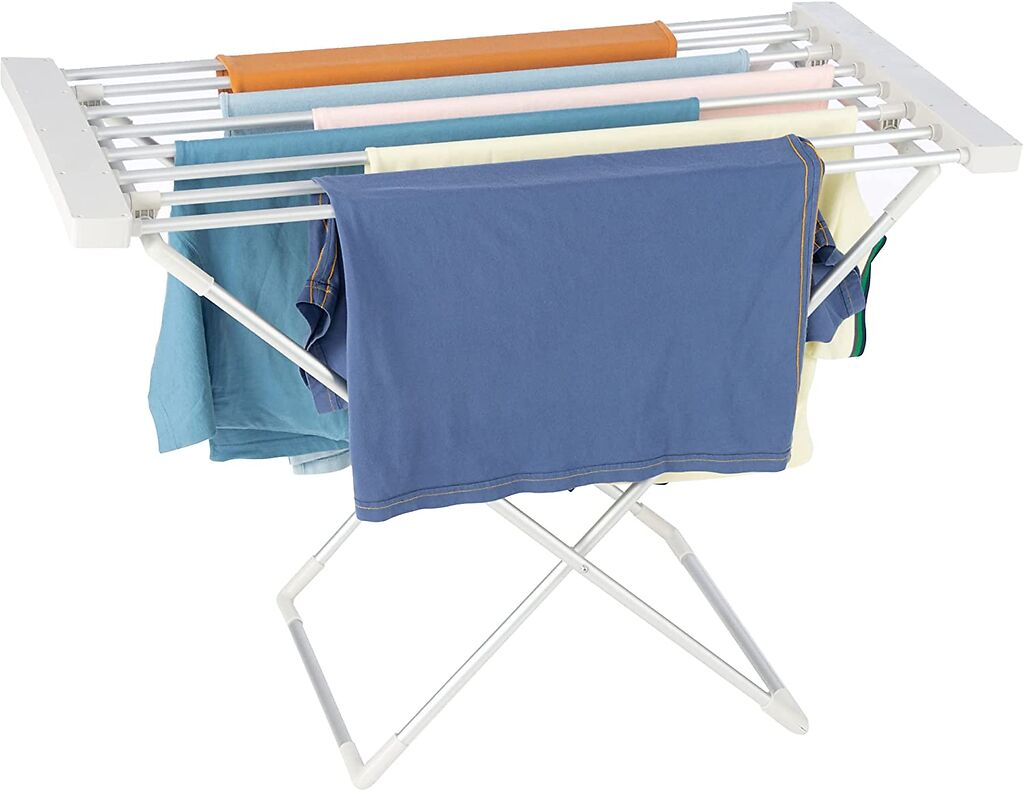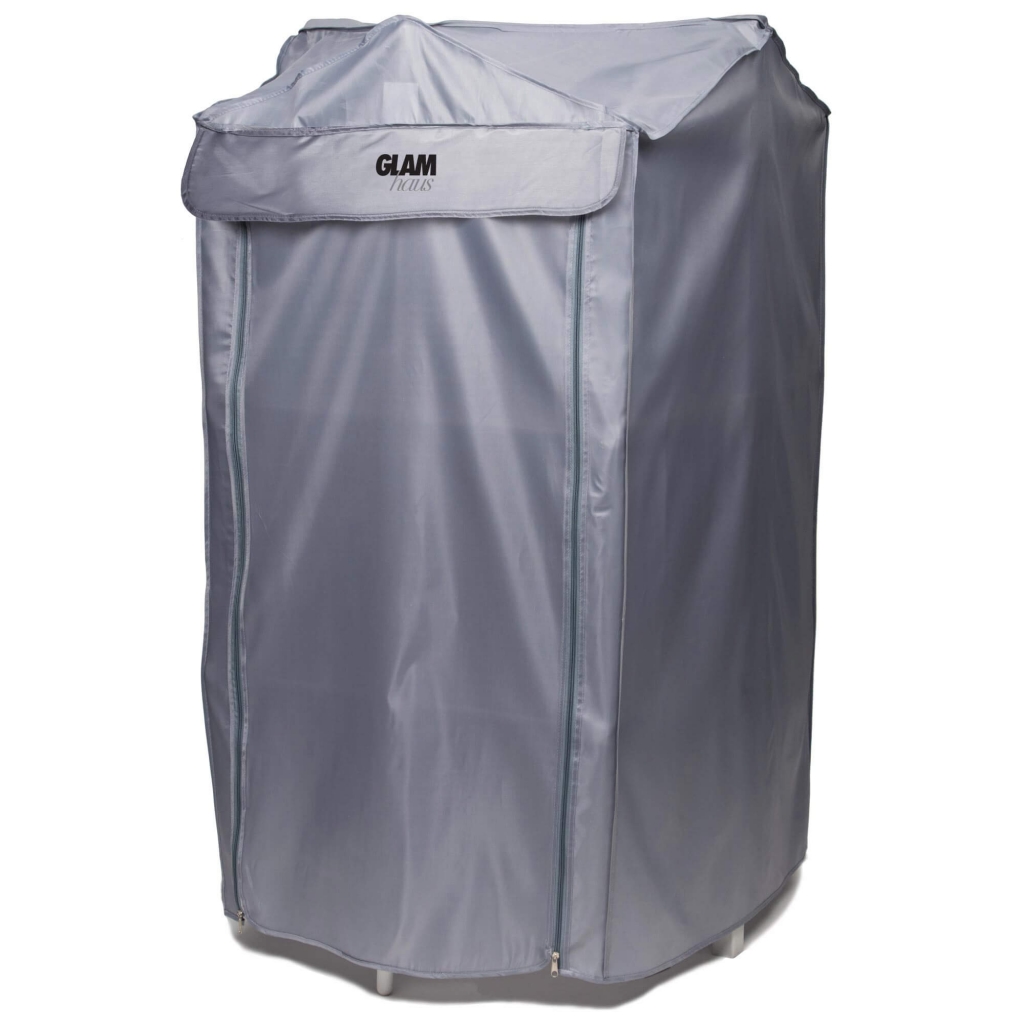
October 18th, 2022 by
Summer is great for being able to get clothes dry on the line outside but when the colder temperatures and inclement weather of winter comes, you have to find alternative methods of getting your laundry done in a way that is both efficient and cost-effective.
cost-effective.
Often, the most popular methods for getting washing dry indoors are to use a tumble dryer or drape washing on the radiators but there are some big drawbacks to these methods. Tumble dryers are often guilty of shrinking clothes and it’s a bit of a blunt tool as there will often be different types of garments and fabric in the same load, some needing more dry time than others so some items risk being overdried (and shrinking), while some may still be damp at the end of the cycle. There is also the big issue of cost to consider as the price of running a dryer has risen massively as the energy crisis deepens. Where a full cycle cost around £1.04 in November 2021, it now costs around £1.77.
You may think, then, that using radiators is a better method of drying clothes. After all, they would be on anyway so you’re not actually using any additional energy, right? Well, it may not use more energy as such, but it will block heat from penetrating the air in the room so your clothes may be drying but you won’t feel the benefit of the heating in the room. If the thermostat is in that room, it could actually cause the central heating system to pump additional heat out as it tries to reach the desired temperature in the space. Another big drawback is that it could cause the walls behind the radiator to become damp, which can create a big problem.
So, how on earth can you get clothes dry over the winter in a way that won’t damage them or cost you a fortune? While you think that the answer may lie in new technology, it’s more about going back to basics and using something your gran may have used: a clothes airer.
What is a clothes airer?
Most people understand what we mean by a clothes airer but just in case you’re not sure, it’s basically a rack that folds out, allowing you to hang items of clothing over the rails. Laying them out straight in this way, with plenty of room around each item, allows them to dry naturally. As well as a standard airer, which is just a rack, you can buy heated airers. These are airers that add some kind of heat, either through warming the rails themselves or with the use of a fan at the bottom. They can be used in conjunction with a cover that fits over the whole stand to retain the heat and force it to circulate.
Why use one?
Aside from the issues associated with alternative methods, as outlined above, there are a number of positive benefits to using a clothes airer as your primary drying method over the winter. They are as follows:
- The cost saving
Airers are much cheaper than tumble dryers, and in a cost-of-living crisis, this is important. Obviously, a standard airer uses no power at all so it’s free, though it can take a while to get clothes dry. You can speed this up by standing it close to a radiator (though not close enough to block the heat for the room) or with a dehumidifier, which will draw the moisture out of the air. A heated airer does use power but only a fraction of what is used by a dryer. An average 300w airer costs around 9p per hour to run and will probably take 2-3 hours to dry your items. That’s just 27p compared to £77.
- They won’t damage your clothes
Airers either use or mimic natural drying so just as hanging clothes on the line doesn’t shrink them, neither will drying on an airer. This is true even with the heated ones as they use a very gentle heat. (They won’t damage clothes, no matter how long you leave them on). Therefore, not only is it a cheaper method, but it also keeps your clothes in better condition, making them last longer.
matter how long you leave them on). Therefore, not only is it a cheaper method, but it also keeps your clothes in better condition, making them last longer.
- Easier to iron
You have to hang the clothes neatly over the rails for optimum drying, which means they dry in that position (rather than tangling up in a bunch), putting fewer wrinkles into them and making them easier to iron – if you need to iron them at all!
- Different sizes to suit your room
Airers come in a range of sizes and configurations to suit the space you have. Tall ones can really maximise vertical space, without you needing to find a lot of floor space. They can also accommodate a lot of clothes, with many holding a couple of wash loads at a time. Remember that it will take a similar amount of time for 2 loads to dry as one on heated airer if you put them on at the same time. This saves you even more money (it’s now 27p versus £3.54).
- Less disruptive
Tumble dryers can be noisy, and this can be disruptive, especially if you have an open kitchen/living space. Obviously, standard airers make no noise but neither do heated ones. You can also choose to place them in any room of the house, such as a spare bedroom or even the garage, out of the way.
Comments
Leave a reply
Your e-mail address will not be published. All fields are required


